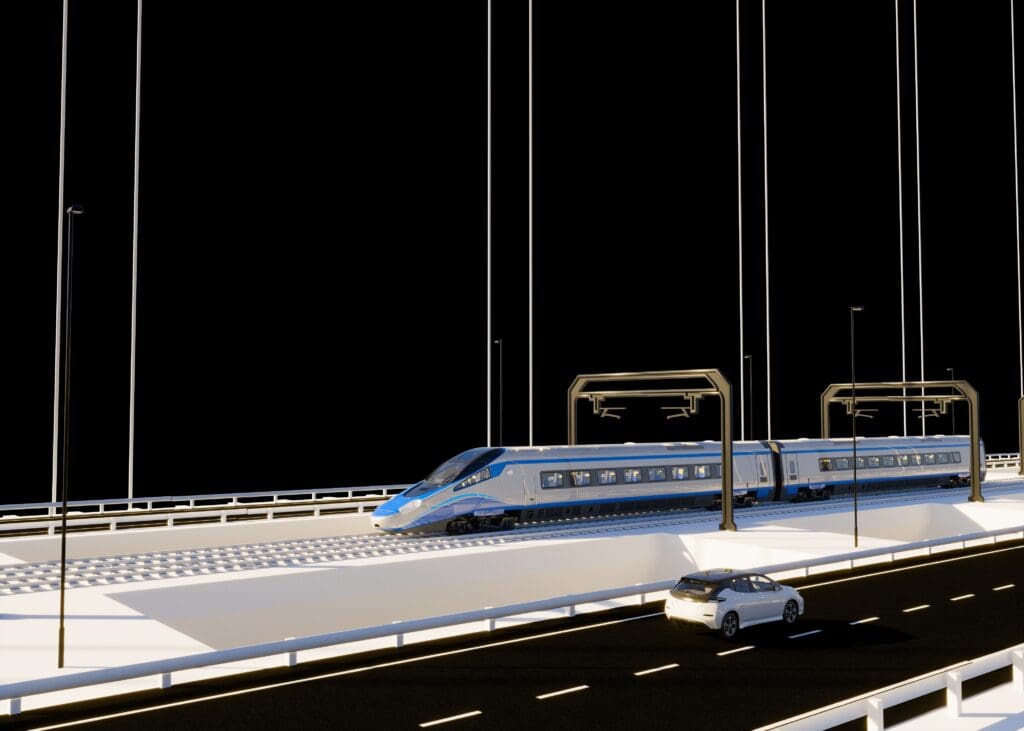Italy greenlights the €13.5 billion Strait of Messina Bridge, set to become the world’s longest suspension bridge.
Designed to withstand earthquakes, the project aims to boost southern Italy’s economy and connectivity.
After decades of debate, Italy has officially approved the construction of the world’s longest suspension bridge, connecting the island of Sicily to the mainland region of Calabria. The €13.5 billion project, known as the Strait of Messina Bridge, will span 3.6 kilometres (2.3 miles) across one of Europe’s most geologically active fault lines.
The bridge has long been a symbol of ambition and controversy. First proposed by the Romans and revisited by leaders from Mussolini to Berlusconi, the idea has repeatedly stalled due to seismic risks, environmental concerns, and political opposition. Now, under Prime Minister Giorgia Meloni’s administration, the project has been revived with full state backing and a projected completion date of 2032.
What sets this bridge apart is not just its scale but its engineering. Designed to withstand earthquakes and extreme weather, the structure will feature two of the tallest steel pylons in the world – each nearly 400 metres high – and cables stretching 5 kilometres in length. The bridge will accommodate three road lanes in each direction, two service lanes, and two railway tracks, dramatically reducing reliance on ferries and cutting travel time between Sicily and the mainland.
The location is notoriously volatile. The Strait of Messina sits near Mount Etna and was the epicentre of the devastating 1908 earthquake and tsunami that claimed over 100,000 lives. Engineers have incorporated advanced seismic technology to ensure the bridge’s resilience, making it one of the most complex infrastructure projects in Europe.
Beyond its technical feats, the bridge is expected to stimulate economic growth in southern Italy, a region historically underserved by national infrastructure. Improved connectivity could boost tourism, trade, and regional development, while also serving as a symbolic unifier between Italy’s north and south.
Critics remain cautious, citing environmental impact, cost overruns, and concerns over corruption. However, the government insists the project will be tightly regulated and fully state-funded, with no reliance on NATO or defence budgets.
In essence, the Strait of Messina Bridge is more than a record-breaking structure—it’s a statement of intent. A bridge not just between two shores, but between Italy’s past aspirations and its future ambitions.


